Our plastic use is a man-made disaster we must deal with. It takes a lot for me to say something as definitive as this, I always aim for balanced views. But not only are our plastics choking our oceans, they are poisoning our children, and destroying our bodies.
Yes, it’s really that bad.
A major concern is bisphenol A, more commonly known as BPA, which is a an endocrine disruptor connected to infertility. BPA has been shown to cause male reproductive dysfunction, defects in embryos, effects on the hypothalamic pituitary axis, and induces oxidative stress. Embryos are especially at high risk when exposed to BPAs.
Earlier this year, a study found that 86% of teens had high levels of endocrine disrupting Bisphenol A in their bodies. Researchers tested the urine and blood of 94 students in Great Britain and found that 86% of them had high levels of this hormone disrupting chemical. This confirms similar findings of other studies. In another study by the National Health and Nutrition Examination Survey, researchers examined 2,517 people and found 93% of them had BPA in their urine.
BPA has become so ubiquitous in our environment that it’s become hard to pinpoint sources of exposure. It’s likely that even if you’re using a BPA free water bottle, for example, you’re still exposed through all the plastics that protect your food, line cans, are in toys, baby bottles, plastic cutlery and plates, furniture, and even shower curtain liners (anything with plastic really).
Meaning, as a whole, we must re-examine our total plastic use.
11 Toxic Effects of BPA
Because BPA is an endocrine disruptor, much of the toxic effects have to do with hormones and sexual function in both men and women. One study reported, “long-term exposure of female mammalians to BPA can lead to endocrine disorders, followed by the morphological and functional changes in ovary, uterus, vagina, and oviducts.”
Although, because your hormones play such a vast role throughout your body, the effects of BPA are widespread.
Potential health issues associated with BPA exposure include:
- Developmental issues and embryos
- Miscarriages
- Infertility
- Breast cancer
- Reduced sperm count
- Early onset Puberty
- Inflammatory bowel disease
- Heart disease
- Diabetes
- Insulin resistance
- Obesity
Why Are We Still Using BPA?
Right about now, you’re probably wondering why in the world we still use BPA? Companies began using BPA in the 1950s because they found it created resilient plastics. This led to its widespread use, in 2013 the global market for BPA was $13.87 billion and was expected to grow to $20 billion by 2020.
As the demand for BPA increases, it makes it harder to remove this chemical from the marketplace. Additionally, substitutes for BPA don’t have a lot of research behind their safety and could turn out to be equally as bad. Remember, it wasn’t until about 2008 when the mainstream shifted away from BPA use, about 60 years after we started using it.
Who knows how many other chemicals are in our plastics that we have yet to identify.
5 Ways to Reduce Your Plastic Toxin Exposure
Due to how bad plastics are for health and the environment, there’s going to be a continued push to use less and less of it. This is great news for both our oceans and for our bodies. Be cognizant of your plastic use and wherever possible, do your best to limit it in your life.
You will probably be surprised at how much plastic you use – I know I was when I first started paying attention. Reducing our use of single-use plastic is probably going to be one of the biggest shifts are society needs to, and must make, in the next coming decades.
I believe as consumers push for non-plastic alternatives, companies will be forced to come up with solutions to packaging and convenience items like straws. This is why how we spend our money is as, if not more powerful than a vote.
With that in mind, here are 5 ways you can reduce your plastic toxin exposure and use.
- Ditch plastic Tupperware and replace with glass
- Avoid processed foods whenever possible
- Avoid foods packaged in plastic or in cans
- Don’t heat your baby’s plastic bottles up
- Whenever possible, opt for glass or stainless steel containers containers
Reducing Your Overall Toxic Burden
I like to remind my patients that toxin exposure like a war of attrition. A healthy body is well-equipped to detoxify a lot of what’s in our environment. But never before have we been exposed to so many different toxins throughout our days. We haven’t evolved to deal with the onslaught of toxins in our lives.
This is why I recommend that everyone does whatever they can to reduce their overall toxic burden – to give your immune system and detox pathways a fighting chance. Whether you’re in perfect health or battling a chronic illness, it’s important that everybody adds reducing toxic exposure and supporting detox pathways to any health regimen.
Many of these toxins build up in the body after years or even decades before the effects are noticed. Which is why it took almost 6 decades before we started pushing to remove BPA from plastics – and BPA is still being used! It is not outside the realm of possibilities that in another 60 years there will be another chemical discovered.
So take steps today to reduce your overall toxic burden. A good place to start is with my free guide: Reduce Your Daily Toxin Exposure.
Share this article with your friends and family so we can spread the word about the numerous toxins in our everyday life. It’s going to be a collective effort to limit our toxin exposure. Just how consumers push for BPA free bottles, we can collectively influence corporations when we are aware of how their products affect our health.
Resources:
https://www.ncbi.nlm.nih.gov/pubmed/24162092
https://bmjopen.bmj.com/content/8/2/e018742.long
https://www.niehs.nih.gov/health/topics/agents/sya-bpa/index.cfm
https://www.ncbi.nlm.nih.gov/pubmed/24382250
https://www.ewg.org/research/timeline-bpa-invention-phase-out#.W6kGexNKhQI
* These statements have not been evaluated by the Food and Drug Administration. The product mentioned in this article are not intended to diagnose, treat, cure, or prevent any disease. The information in this article is not intended to replace any recommendations or relationship with your physician. Please review references sited at end of article for scientific support of any claims made.
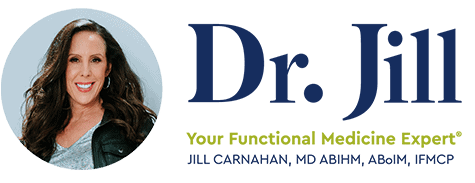



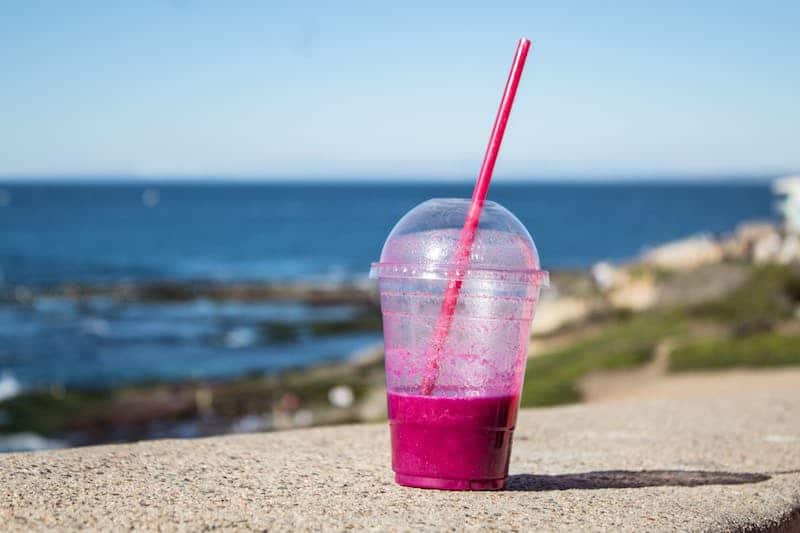

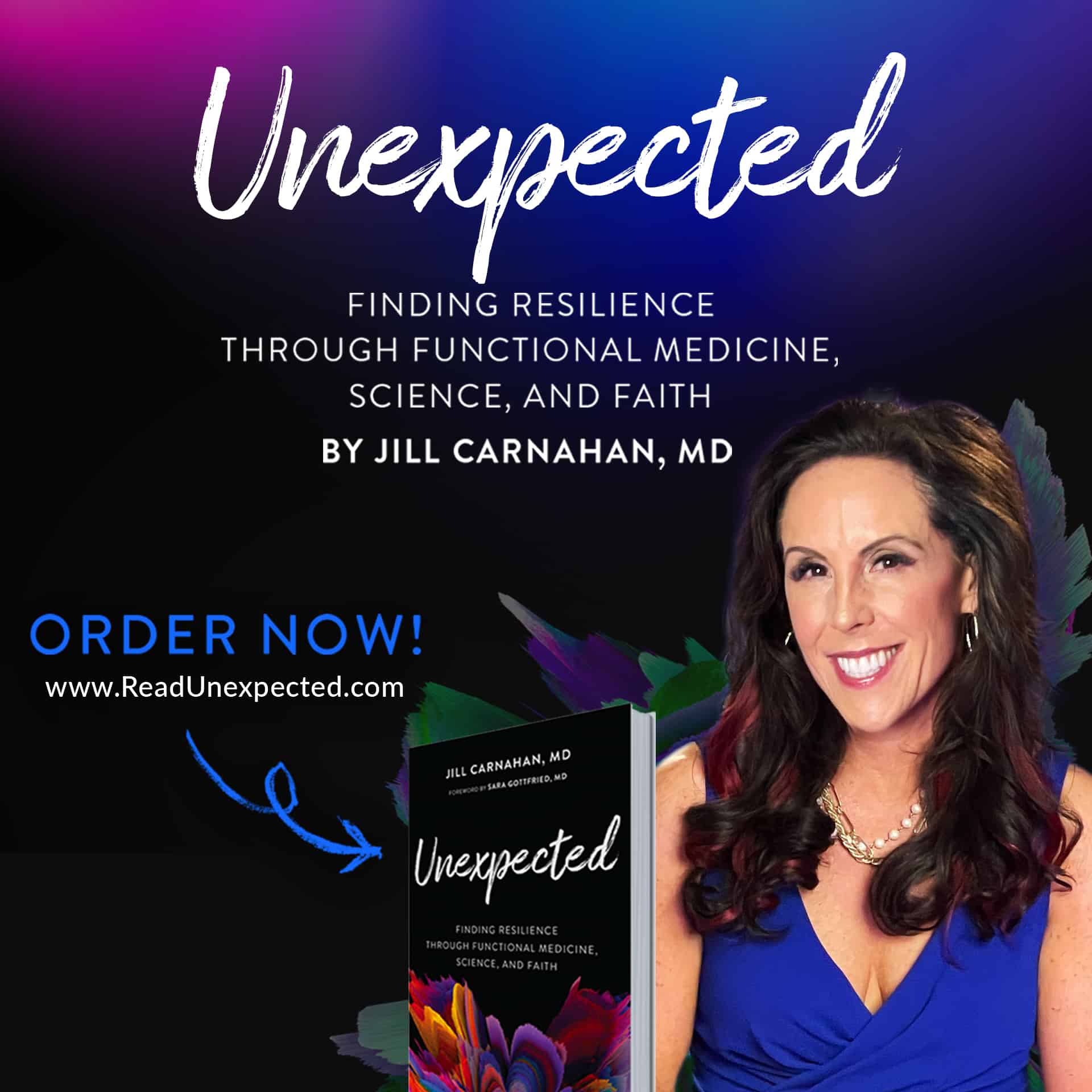

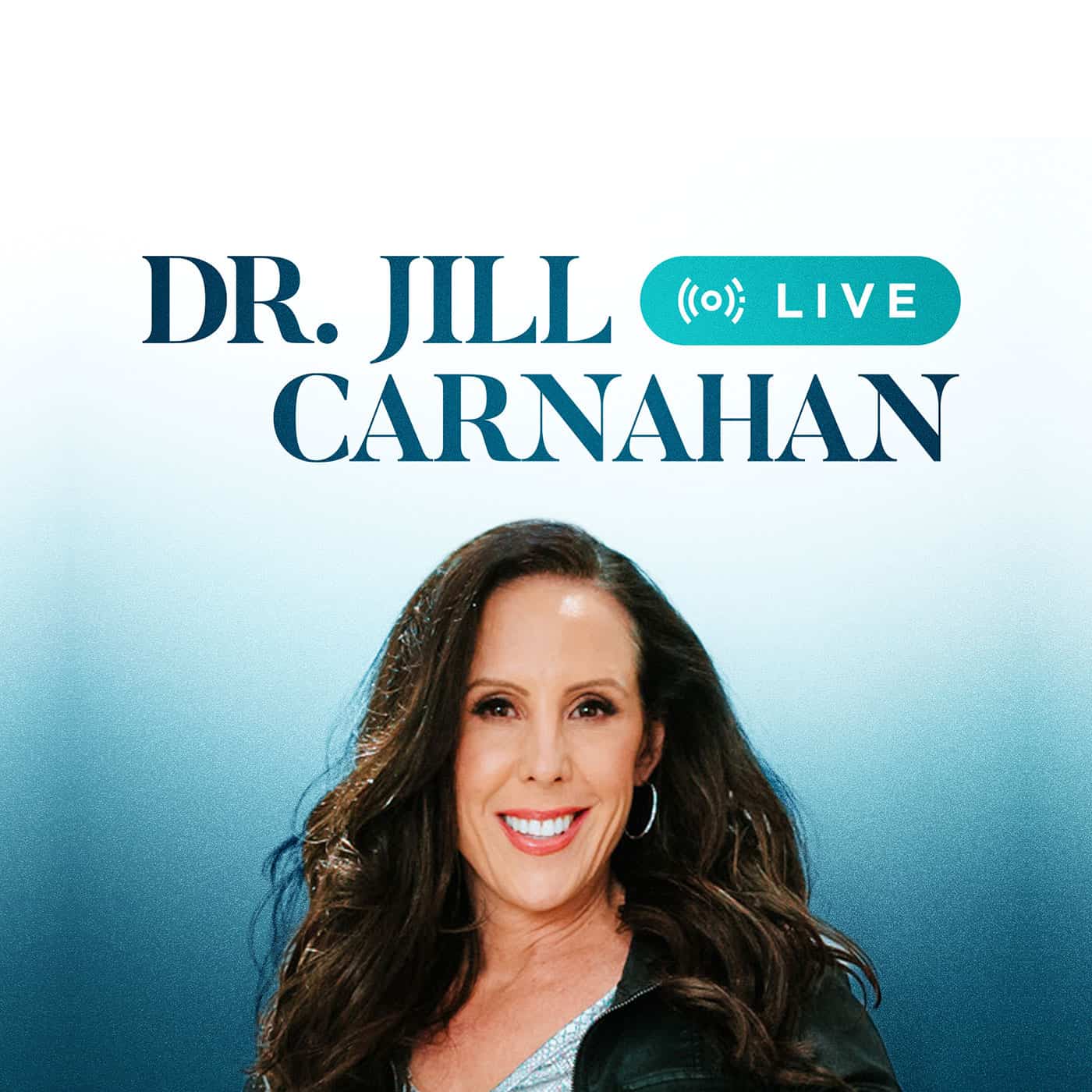
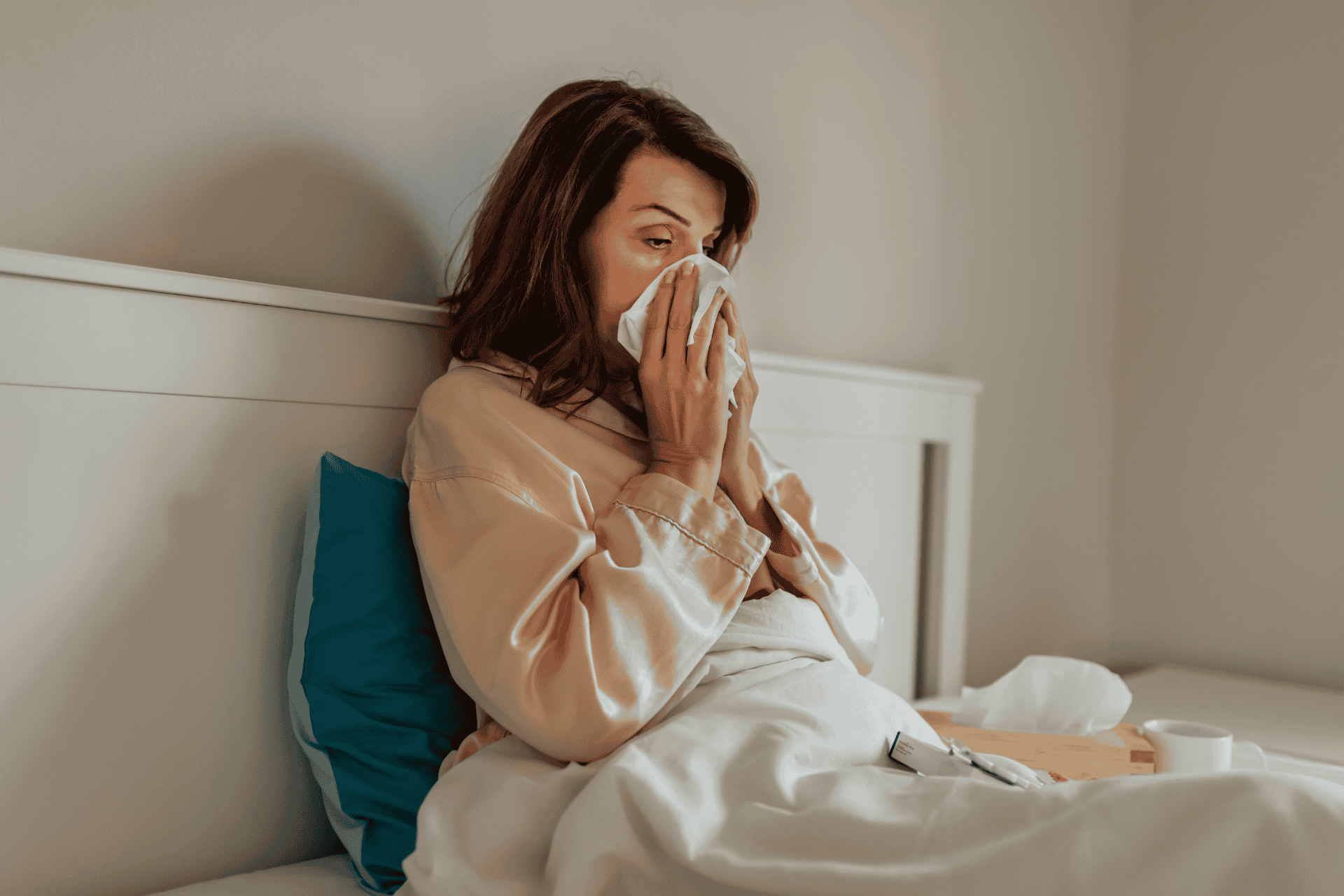

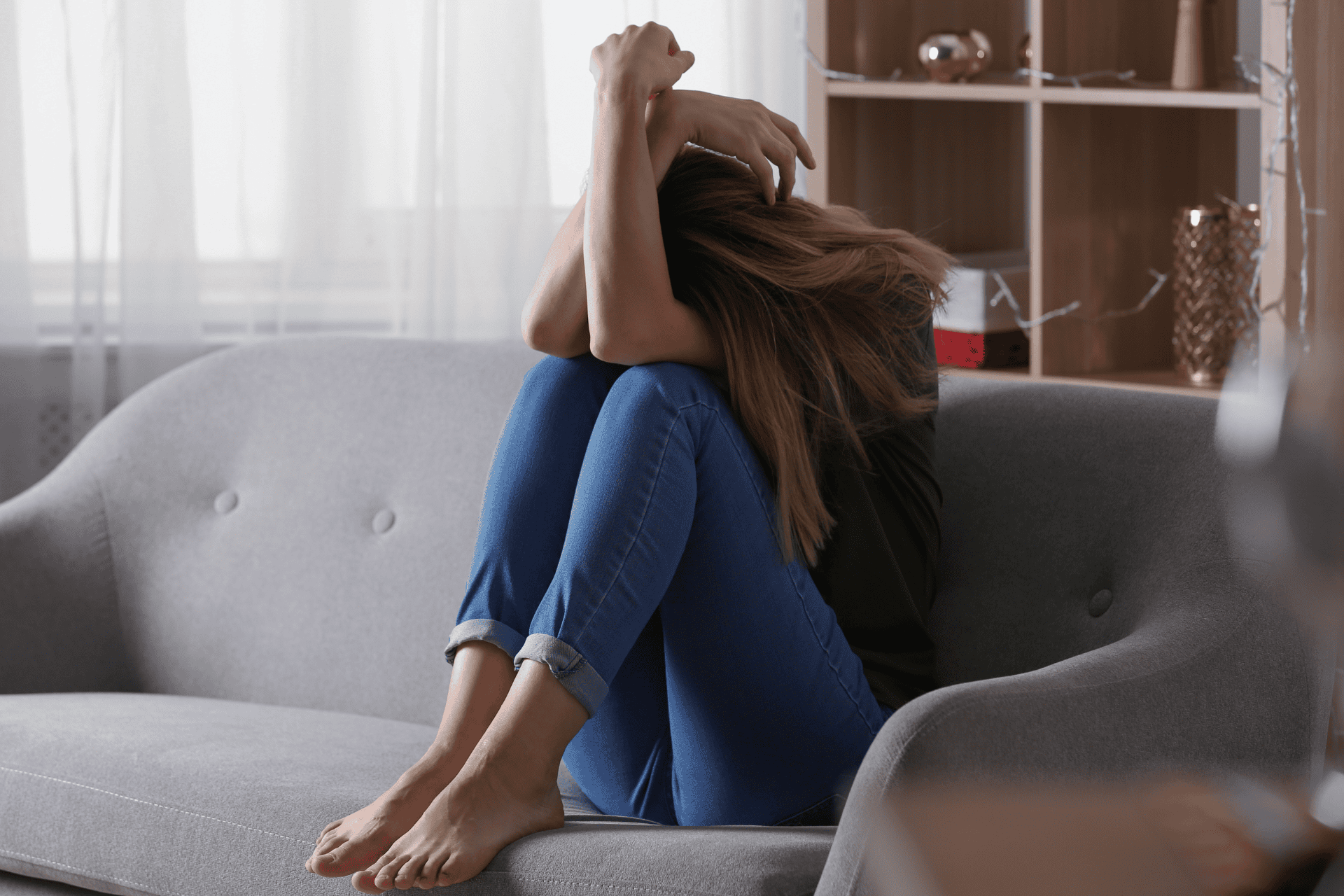
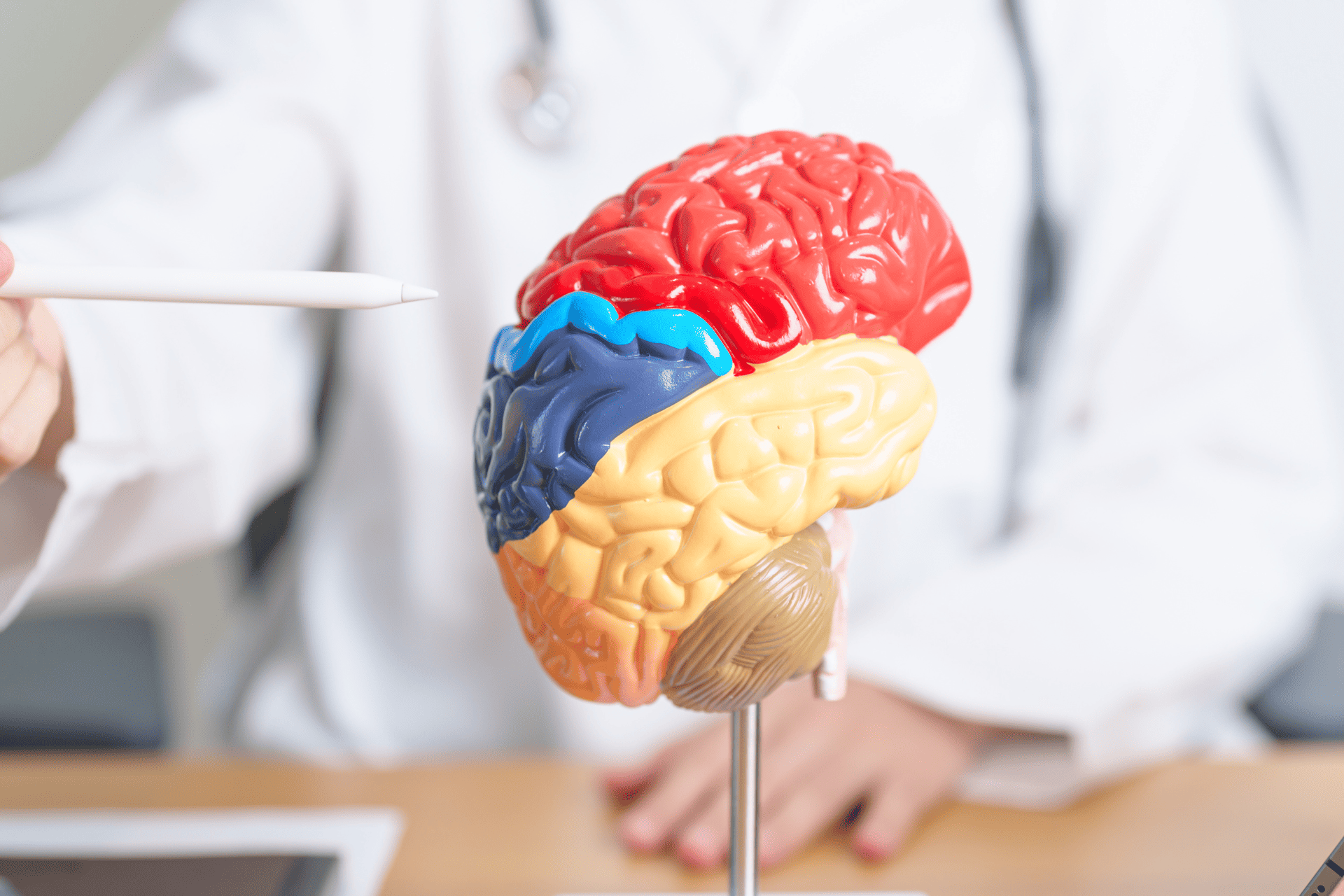
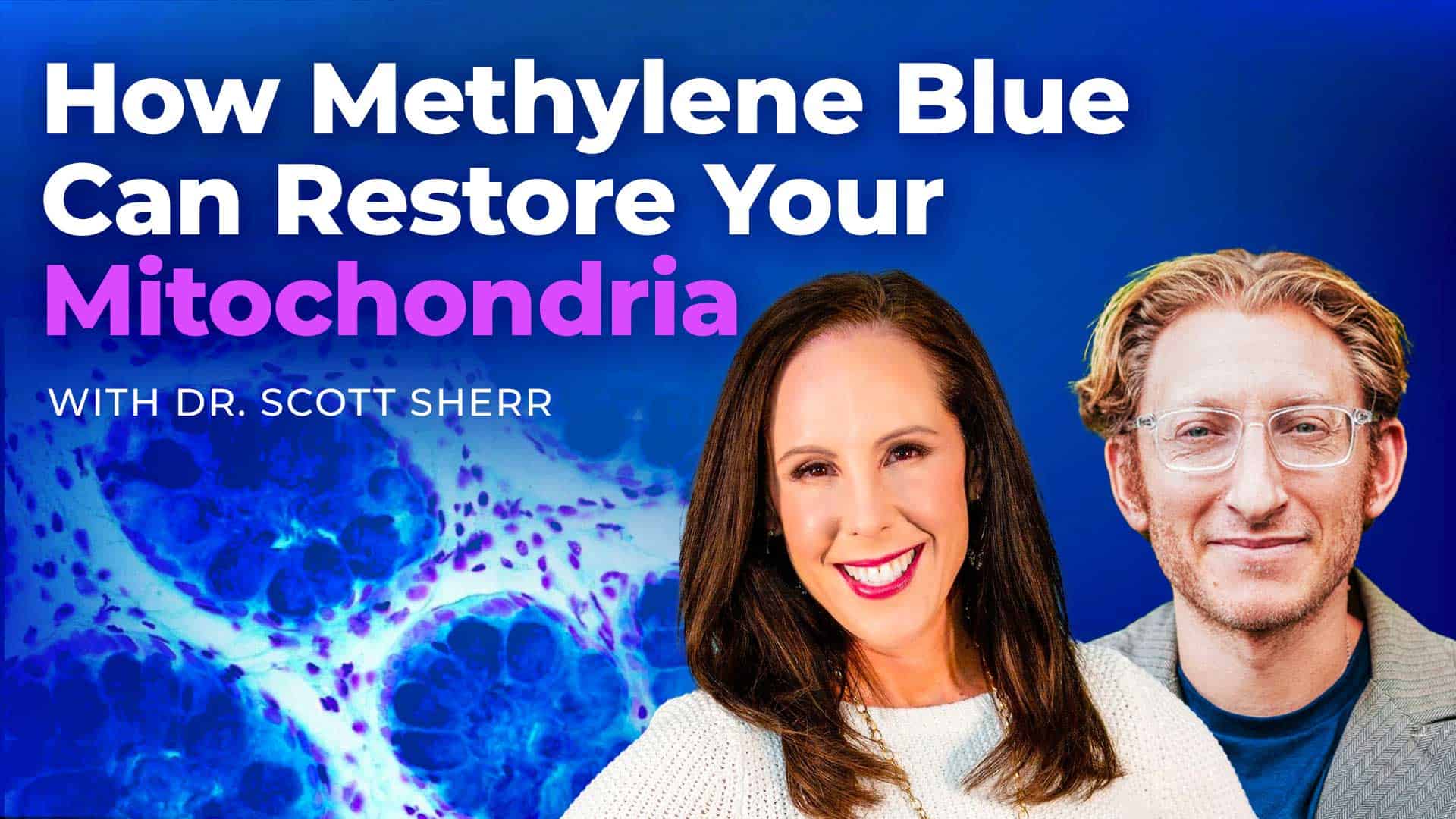
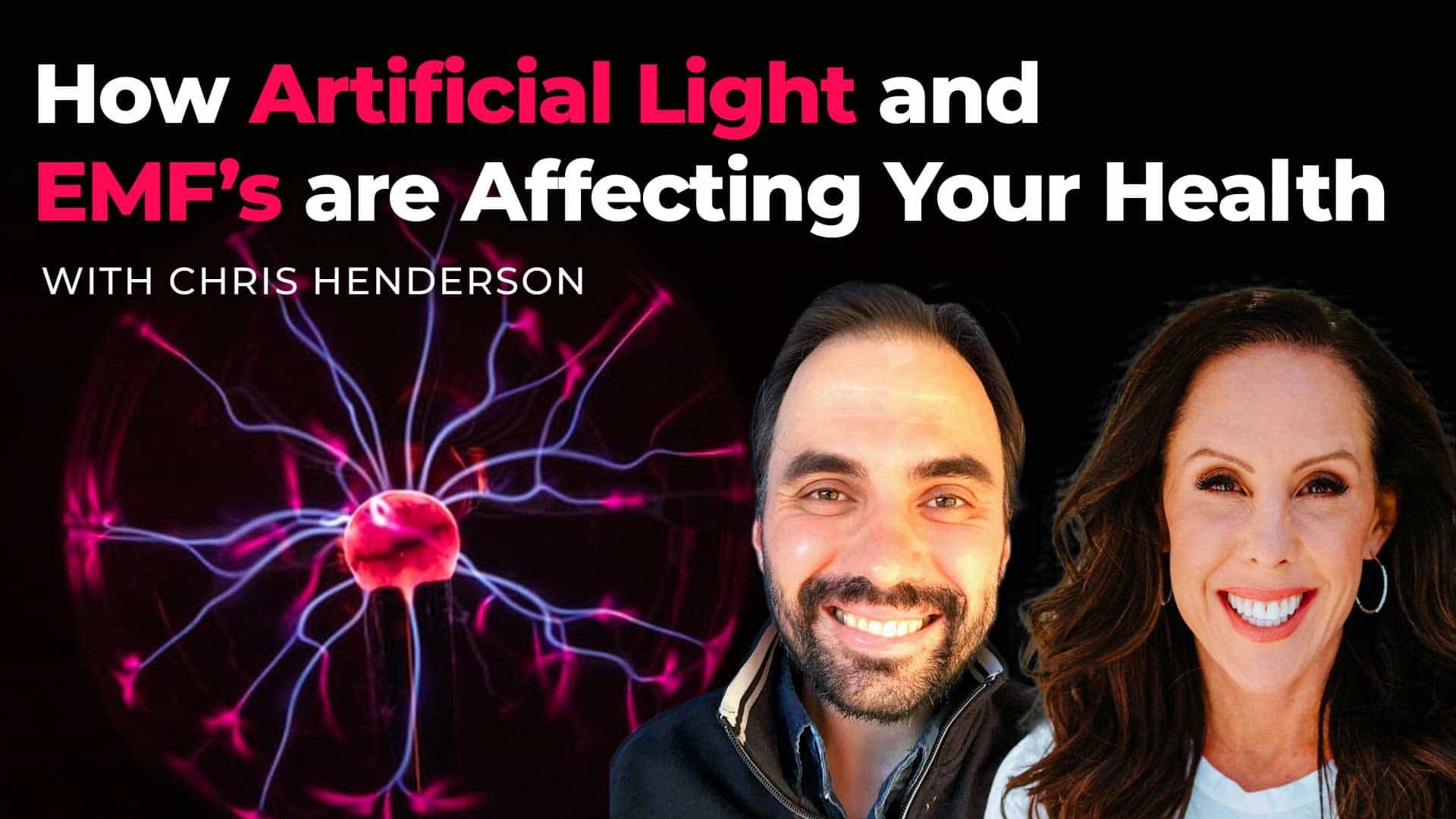
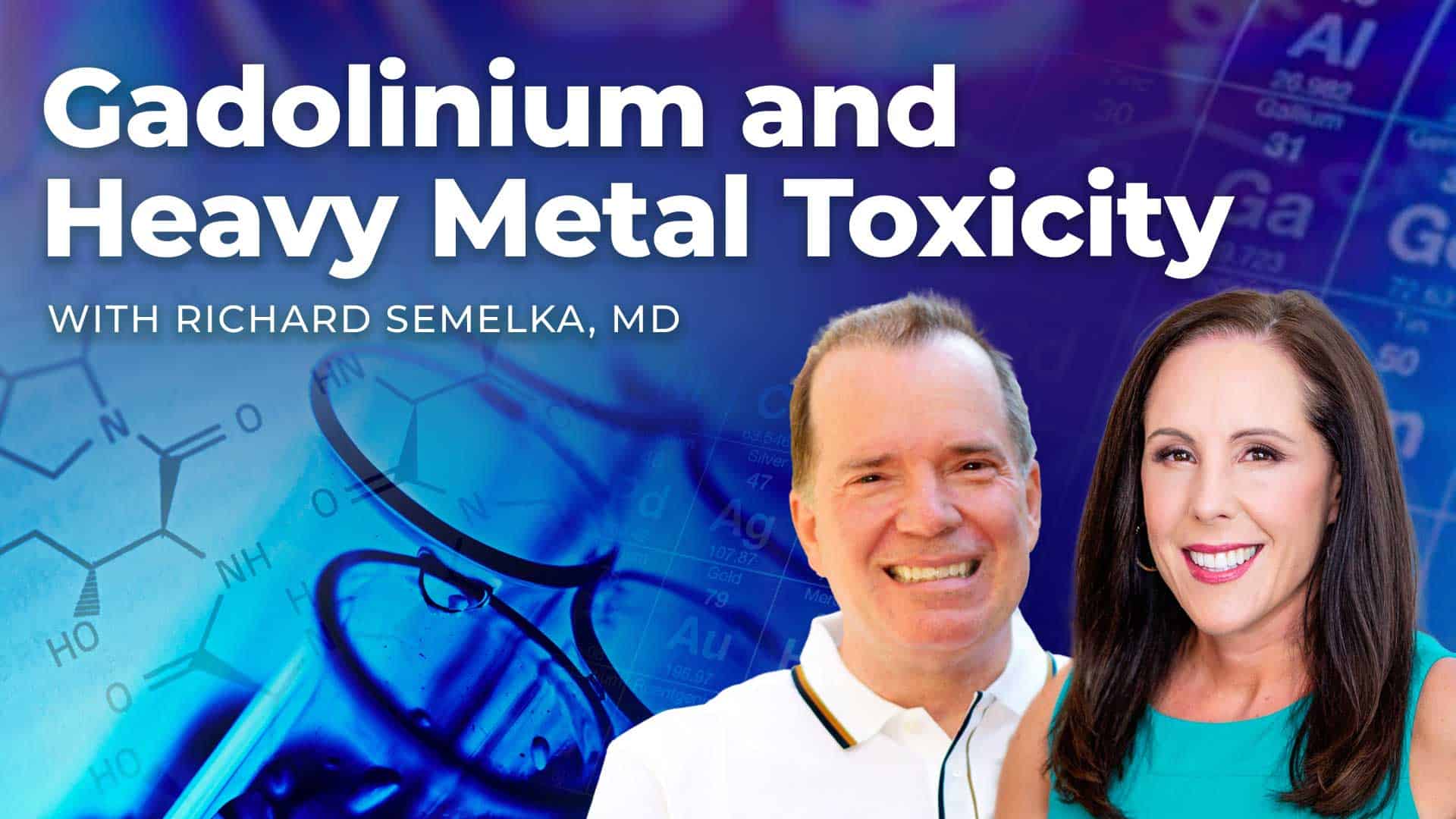



1 Comment
Generally I don’t learn article on blogs, however I wish to say that
this write-up very pressured me to check out and
do so! Your writing style has been surprised
me. Thanks, very nice article.
Share: